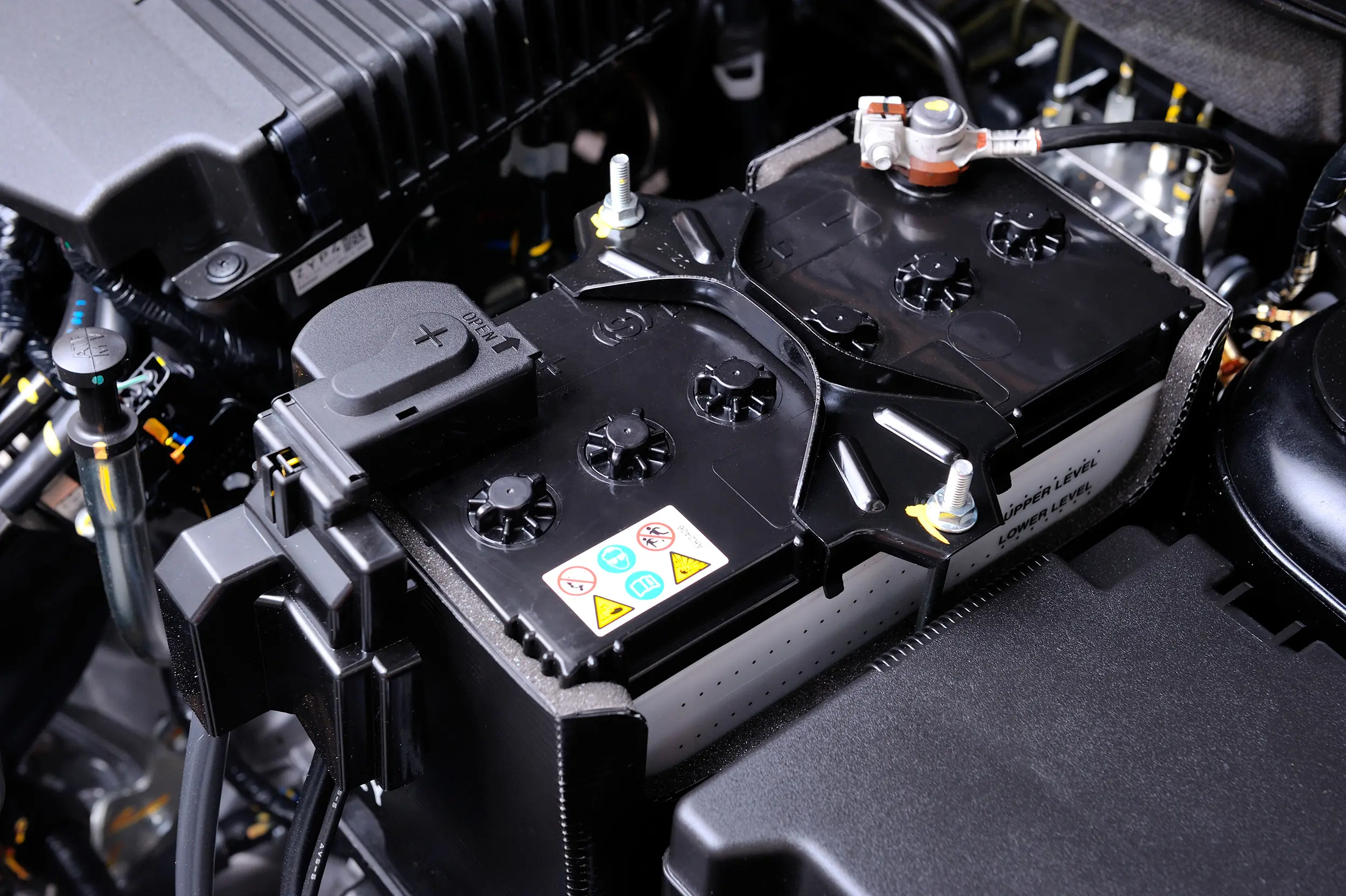What is the Purpose of Auxiliary Batteries in Electric Vehicles?
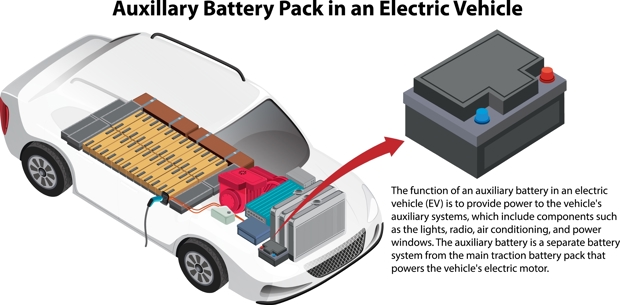
While an electric vehicle’s main source of energy is its high-voltage lithium-ion battery, there’s another essential component that often goes unnoticed: the 12-volt auxiliary battery.
Unlike traditional internal combustion engine vehicles, electric vehicles rely solely on this battery for:
- Supporting the vehicle’s onboard electronics. It provides the energy needed to operate lights, the infotainment system, air conditioning, power windows and other auxiliary systems.
- Performing key functions such as activating the main power relay, which enables the high-voltage battery to engage and power the electric motor.
- Ensuring the regenerative braking system runs smoothly by managing the flow of energy.
- Providing emergency power to ensure essential functions such as door unlocking and hazard light activation.
The auxiliary batteries used are generally lithium-ion and have a much higher capacity than conventional batteries. This is because they do not need to power a starter motor to start an engine, but rather need to power long-range accessories.
12-Volt Battery vs. High-Voltage Battery
Despite its impressive capacity, the high-voltage battery is no substitute for the 12V auxiliary battery. The high-voltage battery operates at much higher voltages, generally in the order of several hundred volts, whereas the auxiliary battery operates at the standard 12V voltage. A faulty 12V battery will prevent the vehicle from starting and operating, and risk getting stuck as you would with an internal combustion engine vehicle.
Signs of a Faulty Auxiliary Battery
If you notice any of the following signs, it is important to resolve them quickly to avoid any further issues:
- Error message on the screen.
- Error codes or alerts from the main infotainment system.
- Weak lighting or slowing of window mechanism.
- Malfunction of electrical system accessories.
If your vehicle displays any of the above symptoms, we recommend that you have your auxiliary battery tested or replaced by a NexDrive technician and that you have the charging system verified. This requires professional equipment, as the high-voltage section of the vehicle must be accessed (defined by the orange cables in the engine compartment).
Replacing the Auxiliary Battery
12V auxiliary batteries have an average life cycle of 3 to 5 years, like the battery in an internal combustion engine vehicle. We recommend replacing your battery at this interval. However, battery life depends on:
- Battery quality, because not all 12V batteries are created equal.
- Driving habits (short trips vs highway driving).
- Climate and environmental conditions (heat accelerates battery degradation).
- Battery and vehicle maintenance.
Auxiliary Battery Maintenance
Here are the main points to consider for maintaining and extending the life cycle of your auxiliary battery:
- Avoid deep discharges by keeping the auxiliary battery charged. Regular driving is recommended, as the battery recharges when the vehicle is in use.
- Consider using a battery charger or backup charger to keep the auxiliary battery charged if your electric vehicle must remain inactive for an extended period. This prevents the battery from draining completely.
- Check battery voltage regularly using a multimeter. When your vehicle is switched off, an auxiliary battery in good condition should display a voltage of between 12.4 and 12.7 volts. If the voltage drops significantly, this may indicate a weak or faulty battery.
Can I Start an Electric Vehicle With a 12-Volt Battery?
The answer may surprise you, but yes! As with vehicles with internal combustion engines, it is possible to start your electric vehicle and drive away in peace. Here are a few tips:
- Don’t try to start your electric vehicle if you don’t know exactly what you’re doing. It’s best to contact a professional to avoid damage to the vehicle.
- An emergency start is always performed when the vehicle is not recharging.
- Please refer to your vehicle owner’s manual, as starter terminals may already be available on your vehicle.
- Never approach high-voltage orange cables. Do not touch or disconnect them.
- The use of an emergency starting device is highly recommended, as it features safety systems in the event of reversed polarity and can prevent a major disaster for the vehicle electronics.
- Verify the battery and charging system as soon as possible. Your local Nexdrive repair center can help, and it can usually be done quickly.
Tips and Tricks
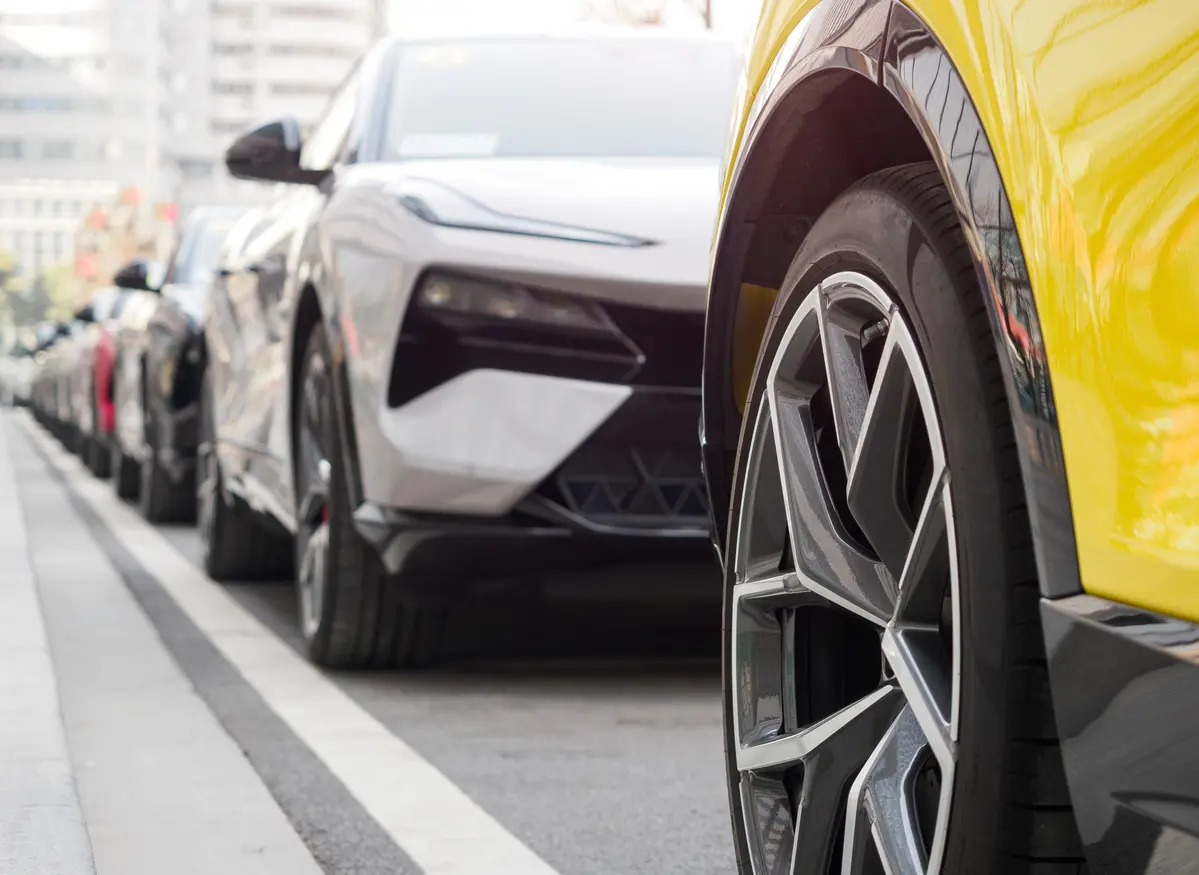
Why do electric car tires wear out so fast?
EV tires experience increased tread wear because of instant torque and unsprung weight. Learn why electric vehicles lead to worn-out tires and how to extend the lifespan of EV tires with proper maintenance.
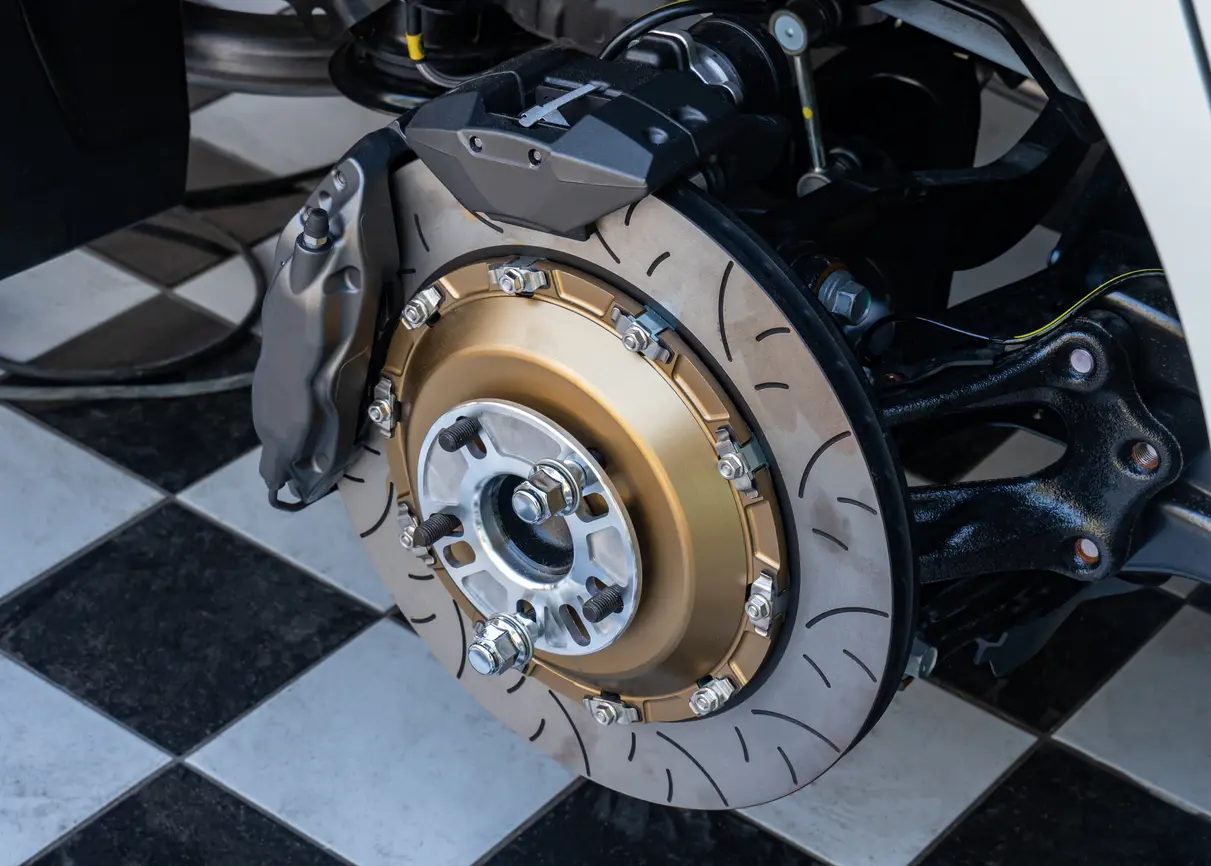
Why regenerative braking is bad for your brake pads
Regenerative braking improves energy efficiency, but can cause brake pad issues because of reduced mechanical brake use. Learn how to maintain your brake system and prevent costly repairs in this article.
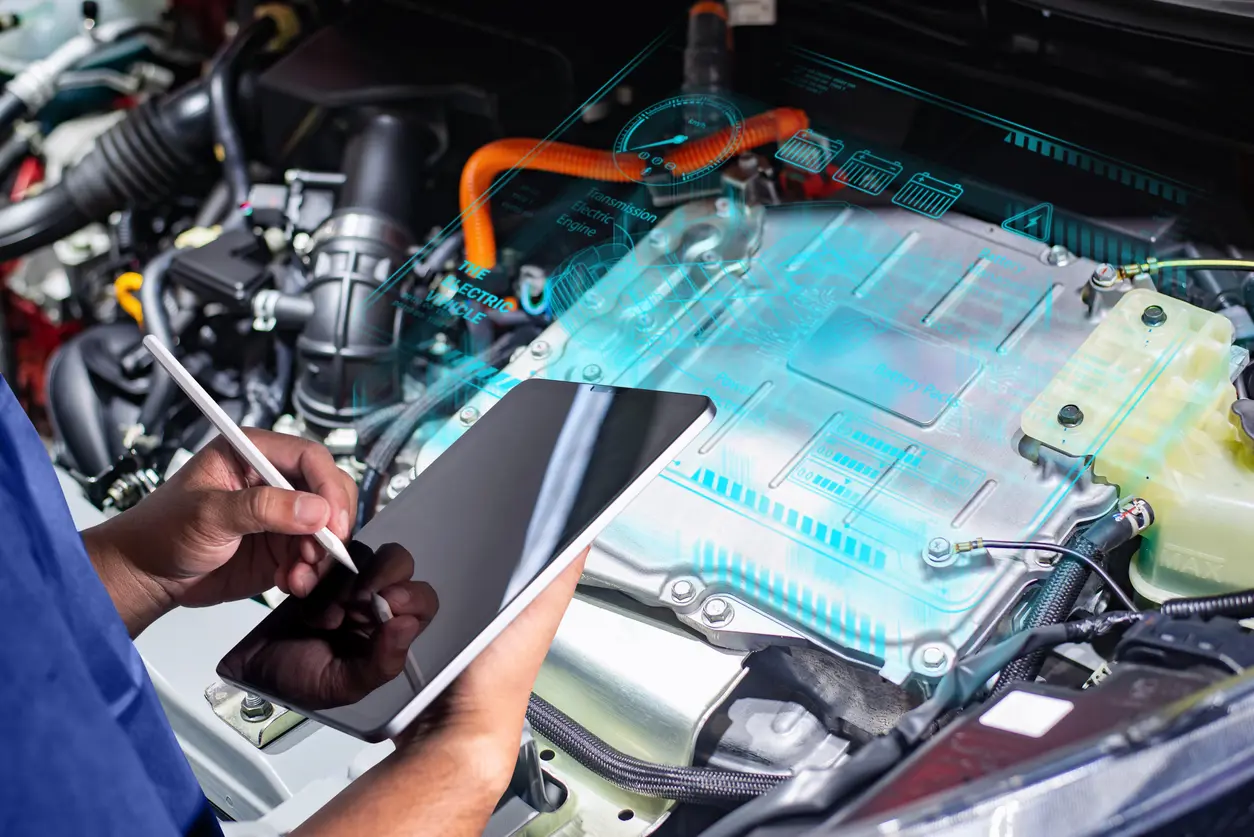
Does an EV need regular general maintenance?
Although EVs require less maintenance than gas-powered vehicles, they still need regular care. Learn about battery health, brake maintenance, and more here.
